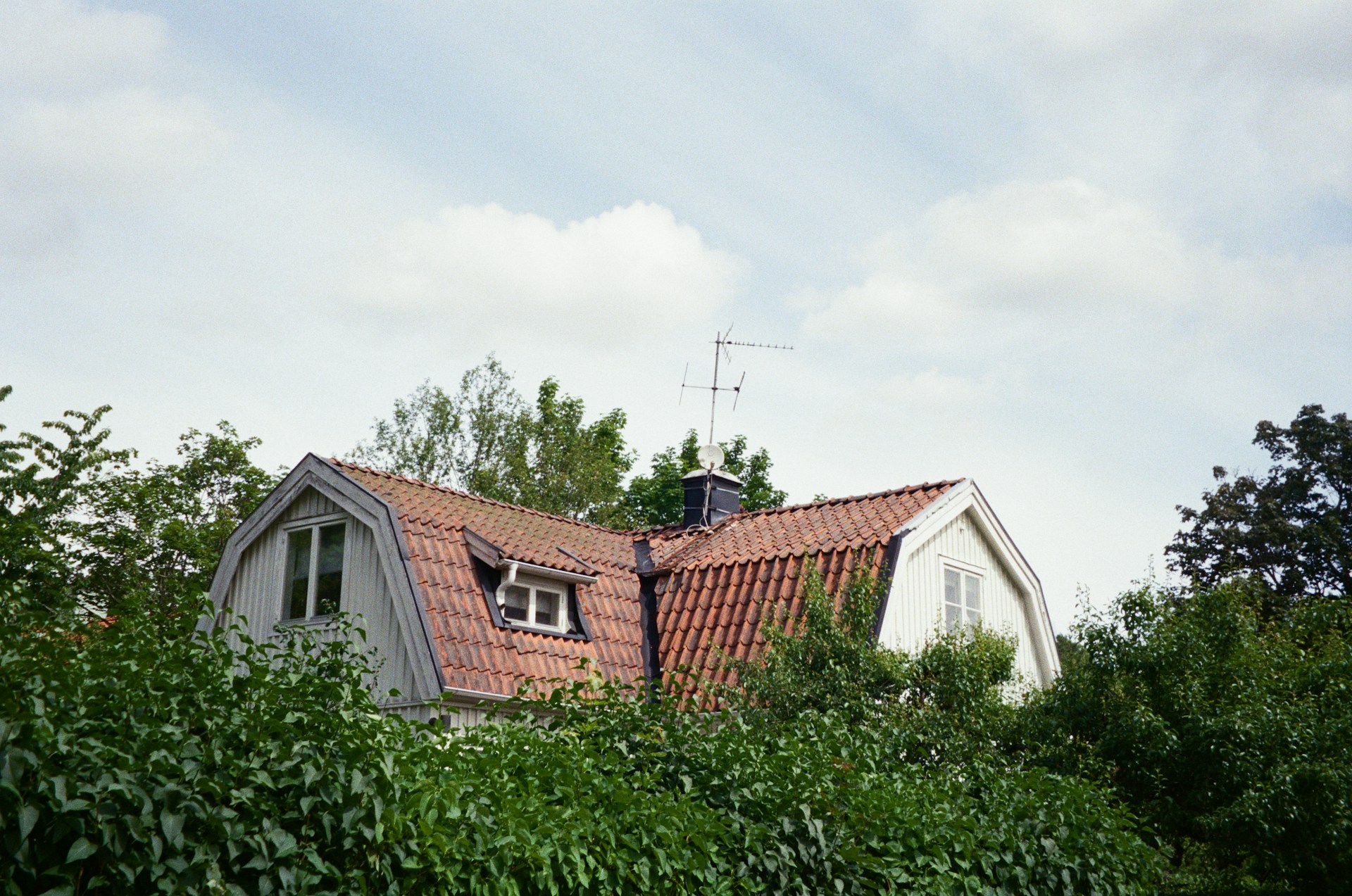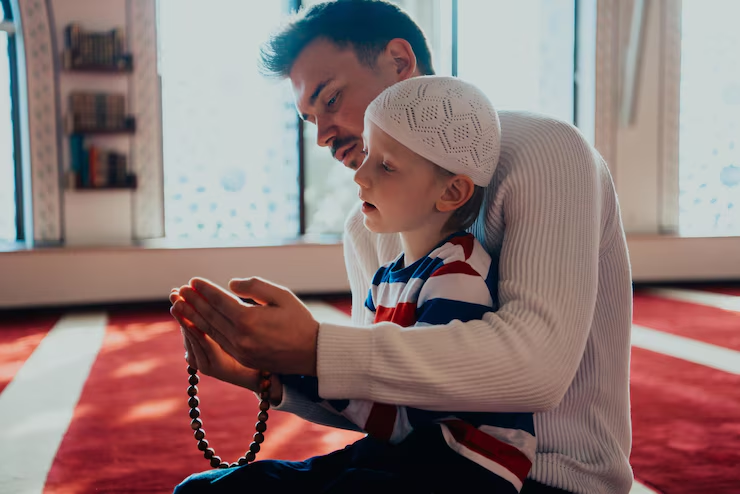Dustin Harewood brings to canvas colliding worlds, where east meets west, both above and below sea level. His works mesh the importance of our climate and the heavy hand that media has, using the imagined to discuss our human footprint. Heavily influenced by the submerged landscapes, Harewood has used his memories to create a vibrant and elegant world.
Tell me a bit about your background. Where did you grow up and when were you first exposed to art?
I was born and raised in Brooklyn New York; East New York to be exact. My parents were from Barbados and immigrated to New York when they were in their late teens. My parents took me to Museums a lot, but my first major entry into the arts would have been Saturday morning art classes at the Brooklyn Museum. I did that for a few years, and it really made an impression on me. I think I was seven or eight at the time I started
At eleven we all moved to Barbados. That’s where I went to high school (secondary school.)
You have stated that “Reef Studies” are based off a kind of memory. From your use of mostly bright colors, I imagine that these memories are prominently good ones?
The reefs I swam around near the shore in Barbados were not the most colorful. I’ve never scuba dived or anything to see the nicer ones.
The things I paint/draw are mostly made up; ideas of what these deteriorating reefs would look like. In the beginning I collected a bunch of reference pictures and tried to make studies of them. I lost interest in doing that pretty quickly.
The element of media in these studies says a lot about how we, as humans, treat our environment. Why did you decide to include Japanese newspapers, and what does it signify?
My wife is from North Japan. We met at an art store here in Florida that she once worked at. I’ve made several trips to Japan to visit her family over the past few years. When I go I collect newspapers during the visits. After the Fukushima nuclear disaster, I remember being asked by many American/Barbadian friends and colleagues whether or not I would cancel my trips to Japan. I haven’t.
Japan consumes a large portion of the world’s seafood. I’m still not fully aware of what consequences the large amount of radioactive material dumped into the Pacific would have on them or the ocean.
The intrusion of the Japanese newspapers signifies their (as well as our) incursion on these underwater landscapes.
So it is very much about Florida, Japan and Barbados. All places with a lot of coastline.
Do you think that painting a mural, or a creating public work in general, affects the message you are sending?
The cool thing about murals is that they engage the public directly. Not many people attend gallery openings and museums. Everyone however either drives down the road or walks through their neighborhood and sees murals.
I really like your use of the circular canvas. I see the shape all throughout your work. What is the significance of that?
The circles! I just got tired of working on squares and rectangles all of the time. The circles keep me on my toes, compositionally they present a different set of challenges.
I also just find them to be more elegant and visually softer in their presentation.
What classes do you teach, and where?
I teach Painting, Drawing and Computer Graphics classes at Florida State College at Jacksonville.
What kind of response have you received about your work from your students?
My students usually say that they love my work… but what else could they say to my face?
The real question is, what do they say about it when I’m not around!
If there was one place in the entire world you could paint a mural, where would it be and what would it be of?
That’s a great question. I’d love to do a dead reef mural in Aoyama Tokyo.
What is your preferred medium?
When I teach painting at College I prefer to use oils. When I’m working on my own stuff I prefer acrylics. I need for things to dry as quickly as possible because applying multiple layers to the surface is very important for what I’m trying to achieve.
What classes do you teach, and where?
I teach Painting, Drawing and Computer Graphics classes at Florida State College at Jacksonville.
What kind of response have you received about your work from your students?
My students usually say that they love my work… but what else could they say to my face?
The real question is, what do they say about it when I’m not around!
If there was one place in the entire world you could paint a mural, where would it be and what would it be of?
That’s a great question. I’d love to do a dead reef mural in Aoyama Tokyo.











